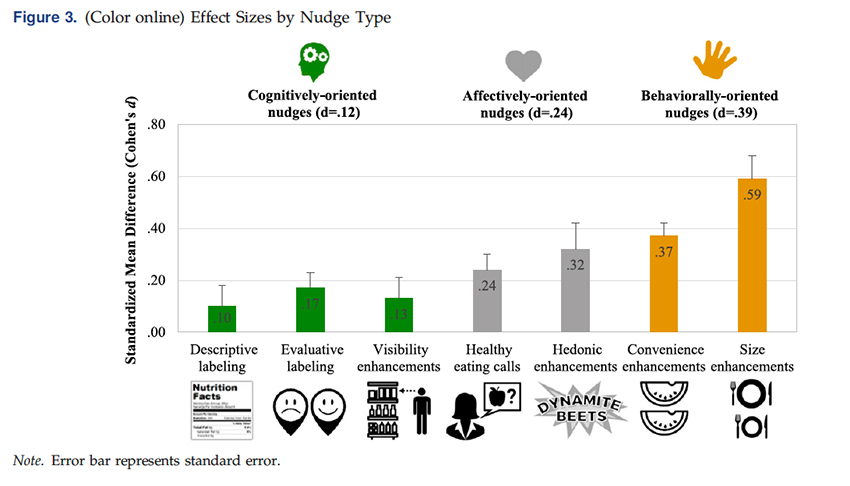Blog Post by Natalia Domagala: “…We can all agree that open government is a necessary and valuable concept.
Nevertheless, eight years since the Open Government Partnership (OGP) was founded — the leading intergovernmental forum moving the agenda of open government forward — the challenge is now how to adapt their processes to reflect the dynamic and often unstable realm of global politics.
For open government to be truly impactful, policies should account for the reality of government work. If we get this wrong, there is a risk of open government becoming a token of participation without any meaning.
The collective goal of open government practitioners/community should be to strive for open government to become the new normal — an aim that requires looking at the cracks in the current process and thinking of what can be done to address them.
As an example, there have been an increasing number of letters sent by the OGP in the past few years as a reaction to national action plans being published too or as notifications of late self-assessment returns.
If a large number of countries across the geographical spectrum continuously miss these deadlines, this would indicate that a change of approach may be needed. Perhaps it’s time to move away from the two year cycles of national action plans that seemingly haven’t been working for an increasing number of countries, and experiment with the length and format of open government plans.
Changing the policy rhythm
Longer, 4 or 6 year strategic commitments could lead to structural changes in how governments approach open data, participatory policymaking, and other principles of open government.
Two years is a short time in the cycle of government, and offers insufficient time to deliver desirable results. The pressure to start thinking about the next plan half way through implementing the first one can negatively impact the quality of commitments and their impact.
Having a rolling NAP that is updated with very specific actions for every two years could be another alternative. Open government is a vibrant and fast-growing movement, therefore action plans should reflect it through being living and interactive documents. Perhaps after two or three national action plans countries should be allowed to adjust the cycle to their needs and domestic government planning timescales.
There is an opportunity for open government as a movement in going beyond the national action plan commitments. Open government teams within governments should scrutinise existing policies and advise their colleagues on how to align their policymaking process with the principles of participation, accountability, and inclusion, to eventually embed the open government approach across all policy projects.
Appetite for new strategies
The rise of “open”, “agile”, and “participatory” attitudes to policy indicate that there is an appetite for more responsive and better-tailored strategies, an appetite that the global open government movement could look to satisfy.
The next steps could be focused on raising awareness of open ways of working within governments, and developing the policymaker’s capacity to deploy them through workshops and guidance….(More)”.

